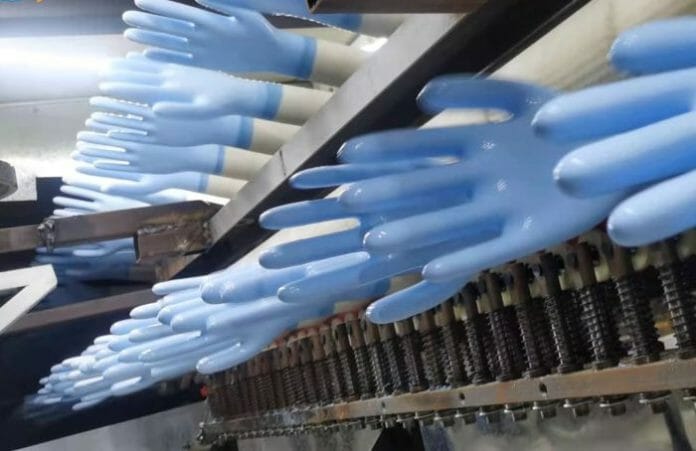Based on the second quarter result, the indicator points to the glove sector being hit by ASP erosion and pedestrian demand growth. The slight sequential improvement in the recently concluded 2QCY22 results season was seen with 25% and 75% coming in above and below forecasts, respectively, versus all below in 1QCY22, but the sector is still a long way from seeing the light at the end of the tunnel.
Generally, all players were hit by lower ASP, sales utilization, and crimped margins. The recent round of results reported by glove makers suggested that glove makers’ earnings have yet to bottom with ASP expected to continue declining, exacerbated by low plant utilization averaging 50-60% which is likely to persist over the medium term amidst intense competition. The situation is further aggravated by the softening demand as evidenced by the low utilisation rate of glove players leading to oversupply putting further pressure on ASP coupled with customers’ reluctance to commit to sizeable orders as they expect selling prices to ease further.
Kenanga expects ASP to remain in the doldrums in 2H 2022. As a result of massive capacity expansion by incumbent players as well as new players influx during the pandemic years — enticed by the then super fat margins that had since evaporated — The research house also estimates that the global glove manufacturing capacity has jumped by 22% to 511b pieces in 2022. On the other hand, as more countries come out of the other end of the pandemic, it projects the global demand for gloves to ease by 10% in 2022 to 387b pieces (partly also due to the destocking activities along the distribution network).
This will result in an excess supply of 124b pieces. For next year it is estimated that the global glove manufacturing capacity will surge by another 16% to 595b pieces (as more capacity planned during the pandemic years finally comes online) while the global demand for gloves shall resume its organic growth of 15% annually, resulting in the excess supply ballooning further to 150b pieces. Based on these estimates, the demand-supply situation will only start to head towards equilibrium in 2025 when there is virtually no more new capacity coming on stream while the global demand for gloves continues to rise by 15% per annum underpinned by rising hygiene awareness.
Post 2QCY22 results release, Kenanga cuts assumptions on ASP and utilisation for Top Glove KOSSAN and HARTA.
HARTA where FY23 FY24 net profit was cut by 17%/31%; (i) FY23F – ASP cut to USD22 from USD23 per 1,000 pieces; utilisation to 65% from 70%, and (ii) FY24F – ASP cut to USD20 from USD21 per 1,000 pieces and utilisation to 65% from 72%.
Correspondingly, it downgraded TP from RM2.90 to RM1.68 in line with its bigger peers’ average. TOPGLOV (UP; TP: RM0.65). FY23F net profit was cut by 11% as we reduced utilisation rate assumption from 74% to 68%.









